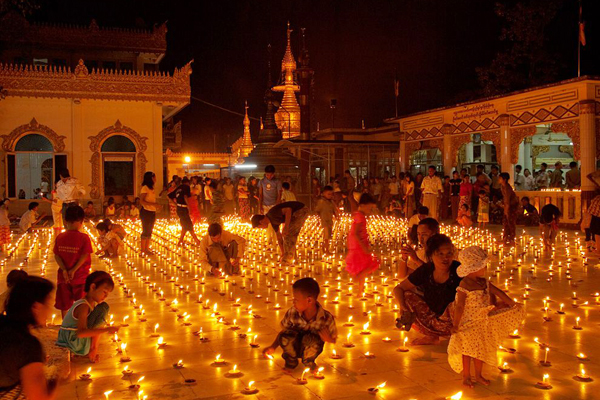
From the beginning of the Tang Dynasty (618-907) in the seventh century, the display of lanterns in the festival gradually became a folk tradition. During the Southern and Northern Dynasties (420-589) the exhibit of lanterns continued.

The Emperor issued a royal edict to have lamps lighted on this day, expressing his thanks to the founder of Buddhism. As a memberance of this appearance, a religious ceremony with lighted lamps was instituted for this day by the Emperor Ming of the Eastern Han Dynasty (AD 25-220). The day was recorded as December the 30th in the West and, the 15th day of the 1st lunar month in the East. Grand Buddhist rituals needed many lamps.īuddhist legend says that the founder of Buddhism Sakyamuni made an appearance to subdue devil. In Buddhist rituals a lamp would be one of the sacrificial implements and a lit oil lamp could be sacrificed before the Buddha.

A lit lantern would dispell human darkness, present the brightness of Buddha and rid people of troubles. Firelight was regarded as one of the powers of Buddha. The Lantern Festival was originated from Buddhism.

The Lantern Festival is celebrated at night with lantern displays and children carrying lanterns in a parade. In China will display lanterns to celebrate the day. The 15th day of the 1st lunar month is the Chinese Lantern Festival also called Yuan Xiao Festival where people


 0 kommentar(er)
0 kommentar(er)
